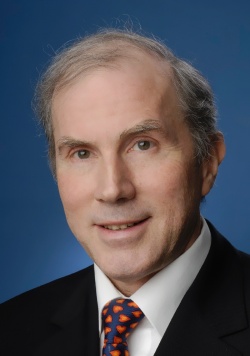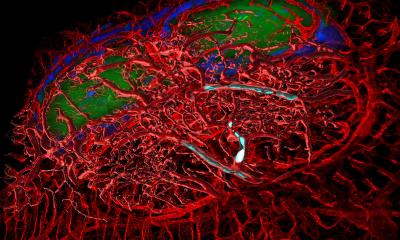The Heinz Nixdorf Recall Study
The true relevance of coronary calcifications -- and more important discoveries still to come for decades
Initiated in 1999, the Heinz Nixdorf Recall Study involved 4,814 European participants. The results proved, for the first time, the connection between coronary calcifications and the risk of heart attack, according to scientists at the University Hospital in Essen. The finding by no means exhausted the potential inherent in the surveys. Subsidised until 2013, researchers are examining coronary calcifications in detail as well as exploring other issues.

In discussion with European Hospital, Professor Raimund Erbel (RE), Director of the German Heart Centre, Professor Karl-Heinz Jöckel (KHJ), Director of the Institute for Medical Informatics Biometrics and Epidemiology at the University Hospital Essen, and Dr Susanne Moebus (SM), Project Coordinator of the Heinz Nixdorf Recall Study, discussed current results and the relevance of a cardiac infarction screening programme
How will the predictive value of the calcification score, used in the study, affect cardiology?
RE: For specialists the results mean a change in thinking is needed, which, in itself, necessitates a learning process. Suddenly, risk determination requires not only a check on cholesterol levels and blood pressure, but also an additional CT scan to assess the calcium score, if the preliminary examination shows a medium level risk of heart attack. There is an additional political issue here because the CT scanner is in the hands of the radiologist - which additionally makes implementing the results more difficult. At least in Germany, it requires communication with the medical insurers to clarify treatment reimbursement. However, we have overcome many of these problems.
The second step is to find out how we can use these findings for prevention. If we can already see the strain on the coronary vessels, and therefore assess the risk for the respective patient fairly accurately – also based on other parameters -- the natural consequence would be to begin the necessary prevention. Our objective is to give patients recommendations and to protect them from heart attacks through medication or lifestyle changes.
Is it conceivable that a programme to screen the general population could arise from this?
SM: We obviously cannot put everyone – and I’m including healthy people who have not suffered any relevant, previous medical events – through a CT scanner and expose them to radiation. This would also be far too costly. However, based on risk assessments so far, which are based on the Framingham criteria, we can often filter out a median range of people where it is not quite clear whether medical treatment with drugs is necessary or not. In this group, the assessment of the level of calcification has proved extremely valuable and has led to numerous reclassifications.
Which problems are your current focus?
KH J: One research area is focusing on detecting the link between the level of calcification and other diseases, such as cancer. There are indications that the level of calcification is generally not only an indication of an unhealthy lifestyle, but also of unfavourable environmental conditions and of genetic factors.
Additionally, we will try to improve risk assessments. To this end, we’ve actually re-examined all the study participants. The questions we posed were: How are the calcifications changing? What is the effect of a progression or possibly regression of coronary calcifications on the risk of the occurrence of heart attacks or sudden cardiac death?
RE: We are also very excited about the upcoming results of a comparison between the Heinz Nixdorf Recall Study with MESA, its American sister study. We compared both groups and have already realised that they are very different. We are talking about a transatlantic paradox here: Although the BMI in both groups is roughly the same, the Americans have a significantly lower level of cholesterol, but higher blood pressure readings and twice as many people are being treated with statins, for example. So, is mortality different in the two groups? This is an exciting analysis that will be of great relevance to cardiology.
With a study cohort such as that of the Heinz Nixdorf Recall Study there will be continuous scientific issues. That’s why the study is not likely to become irrelevant in a hurry – instead, it is likely to keep delivering important findings for science in the next few decades to come.
31.08.2010











